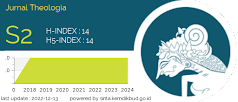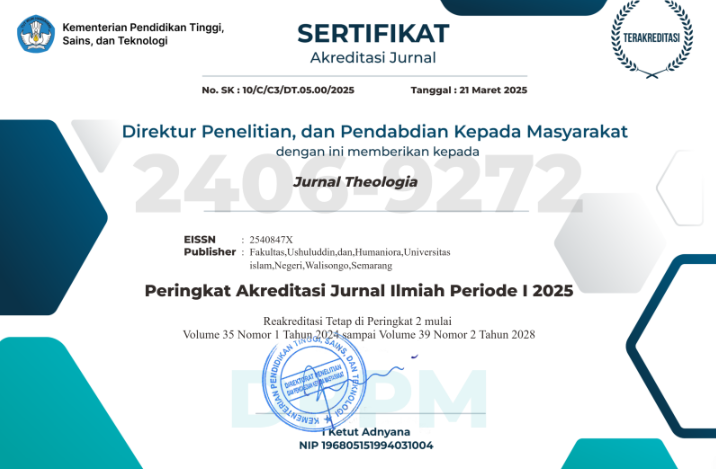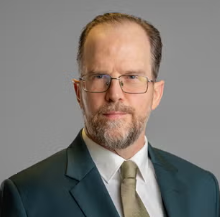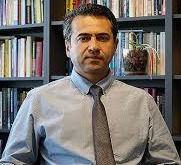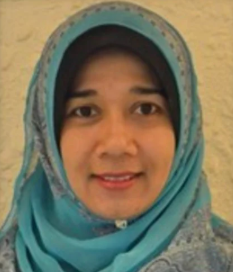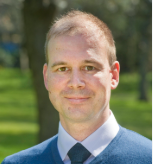MEMAKNAI KERAGAMAN: The Others dalam Konstruksi Sosial Para Elit Kelompok-kelompok Keagamaan di Kota Mataram
DOI:
https://doi.org/10.21580/teo.2016.27.2.931Keywords:
kelompok keagamaan, elit, konstruksi sosial, model keberagamaan, tipologiAbstract
Based on the urgency of the involvement of the groups’ views on the others in any peace initiation, this study attempted (1) to investigate how the leaders of religious groups in Mataram socially constructed the others and (2) to determine the typology of their social constructions by relying on three main paradigms of religiosity (exclusivism, inclusivism, pluralism). The leaders of religious groups were chosen as a major subject because they had contributed significantly to the social dynamics of the Muslims in this city; as religious elites (ulama), they were not only cultural brokers, but also active creators of social change. To analyze their social constructions on the others, this research used the Berger’s social constructionism theory. Their social constructions excavated from purposively selected informants, namely the formal or informal elites of religious groups like the Ahmadiyya, Salafists, Tablighi Jamaat, Shiite, and the traditionalist (Nahdlatul Wathan) and modernist (Muhammadiyah) Islamic groups. It was concluded that their social constructions actually emerged through three moments of dialectic which formed the subjective and objective realities on the others. Through those social constructions, they defined the others. All of their social constructions typologically tended to be exclusive, in certain limits also inclusive, and pluralistic tendencies tended to be absent. Based on the typefication, this study proposed a number of ideal solutions for creating the coexistence of Islamic religious groups in Mataram..
Bertolak dari urgensi pelibatan pandangan masing-masing kelompok tentang the others dalam setiap inisiasi perdamaian, studi ini mengkaji (1) konstruksi sosial para elit kelompok-kelompok keagamaan di Kota Mataram tentang the others sekaligus menentukan (2) tipologinya berdasar tiga model utama keberagamaan, yakni eksklusivisme, inklusivisme, dan pluralisme. Para elit dipilih sebagai subjek karena mereka berperan signifikan dalam kelompok masing-masing. Dalam dinamika sosial masyarakat Muslim Kota Mataram, mereka kurang-lebih adalah ulama yang berperan sebagai “makelar budaya” sekaligus kreator aktif perubahan sosial. Untuk memahami konstruksi sosial para elit tentang the others, studi ini menerapkan teori konstruksi sosial Berger. Data utama digali dari para informan yang dipilih secara purposif, yakni mereka yang secara formal maupun informal memimpin kelompok-kelompok keagamaan Islam seperti Ahmadiyah, Salafi, Jama’ah Tabligh, Syi’ah, dan juga kelompok tradisionalis (Nahdlatul Wathan) dan modernis (Muhammadiyah). Hasil kajian menunjukkan bahwa konstruksi sosial mereka muncul lewat tiga momen dialektik yang membentuk realitas subjektif sekaligus objektif tentang the others. Hal itu menentukan cara mereka selaku elit kelompok dalam memaknai dan menyikapi the others. Tipefikasinya menunjukkan, penyikapan mereka tentang the others cenderung eksklusif, dalam batas-batas tertentu inklusif, sementara tendensi pluralistik cenderung absen. Berdasar itu solusi berupa format ideal pengelolaan keragaman bagi penciptaan koeksistensi antarkelompok keagamaan di Kota Mataram diajukan.Downloads
References
Ali-Fauzi, Ihsan, Rudy Harisyah Alam, dan Samsu Rizal Panggabean, “Pola-pola Konflik Keagamaan di Indonesia (1990-2008)”, Laporan Penelitian, Jakarta: Paramadina-MPRK UGM-The Asia Foundation, 2009.
Asnawi, “Konflik dan Karakteristiknya,” Makalah (tidak diterbitkan), Mataram: Mediation Centre IAIN Mataram, 2004.
Aziz, Ahmad Amir, dkk. “Tragedi 171 Mataram: Wujud Ketidakberesan Hubungan Antarumat Beragama?”, Jurnal Ulumuna STAIN Mataram Vol. VIII Edisi 14 No. 2 (Juli-Desember, 2004): 300-17.
al-Banna, Gamal, Doktrin Pluralisme dalam al-Quran, terj. Taufik Damas, Jakarta: Menara, 2006.
Berger, Peter L., Langit Suci: Agama sebagai Realitas Sosial, terj. Hartono, Jakarta: LP3ES, 1991.
__________ dan Thomas Luckmann, Tafsir Sosial atas Kenyataan: Risalah tentang Sosiologi Pengetahuan, Jakarta: LP3ES, 1991.
Burhanudin, Jajat dan Arief Subhan, eds., Sistem Siaga Dini terhadap Kerusuhan Sosial, Jakarta: Balitbang Agama Depag RI dan PPIM, 2000.
Dorrien, Gary. “Berger: Theology and Sociology”, dalam Peter Berger and the Study of Religion, ed. Linda Woodhead, et.al., London: Routledge, 2001.
Geertz, Clifford. “The Javanese Kijaji: The Changing Role of a Cultural Broker,” dalam Comparative Studies on Society and History, II/2, January, 1960.
Gollnick, Donna M. dan Philip C. Chinn, Multicutural Education in a Pluralistic Society, New Jersey: Merrill Prentice Hall, 2002.
Hagopian, Mark N., Regimes, Movement, and Ideology, New York: Longman, 1978.
Hasani, Ismail, ed. Submissive to Mass Judgment: State’s Justification in Prosecuting Freedom of Religion and Belief, Jakarta: SETARA Institute, 2007.
Hernández, Hilda, Multicultural Education: A Teacher’s Guide to Linking Context, Process, and Content, New Jersey: Merril Prentice-Hall, 2001.
Hikam, Muhammad AS, Demokrasi dan Civil Society, Jakarta: LP3ES, 1996.
Horrell, David G., “Berger and New Testament Studies”, dalam Peter Berger and the Study of Religion, ed. Linda Woodhead, et.al., London: Routledge, 2001.
Huntington, Samuel P., “The Clash of Civilization?” dalam Foreign Affairs. Summer, 1993.
Husein, Fatimah, Muslim-Christian Relations in the New Order Indonesia: The Exclusivist and Inclusivist Muslims’ Perspectives, Bandung: Mizan, 2005.
Landry, Donna dan Gerald MacLean (eds.), The Spivak Reader: Selected Works of Gayatri Chakravorty Spivak, New York: Routledge, 1996.
Panikkar, Raimundo, Dialog Intrareligius, terj. J. Dwi Helly Purnomo dan P. Puspobinatmo, Jogjakarta: Kanisius, 1994.
Paranjape, Makarand, “The Third Eye and Two Ways of (Un)knowing: Gnosis, Alternative Modernities, and Postcolonial Futures”, dalam Postcolonial Philosophy of Religion, eds. Andrew B. Irvine and Purushottama Bilimoria. T.t.: Springer, 2009.
Roe, Hiroko Horikoshi, Kyai dan Perubahan Sosial, terj. Umar Basalim dan Andy Muarly Sunrawa, Jakarta: P3M, 1987.
Sai, M., dkk., “Gerakan Dakwah Salafiyah (Konflik Ideologis dan Sosial di Lombok Barat),” Laporan Penelitian, Mataram: Lemlit IAIN Mataram, 2007.
Syam, Nur, Islam Pesisir, Yogyakarta: LKíS, 2005.
Tilley, Terrence W., Postmodern Theologies and Religious Diversity, Maryknoll, New York: Orbis Book, 1996.
Umam, Fawaizul, “Menolak Kekerasan, Menenggang Keragaman: Refleksi atas Kasus Kekerasan terhadap Ahmadiyah”, Jurnal Tasāmuḥ FD IAIN Mataram Vol. 4 No. 1, Desember, 2006.
Vlach, Michael J., “What are Pluralism, Inclusivism, and Exclusivism?”, dalam http://www.theologicalstudies.org/ pluralism.html.
“Lampu Merah Kebebasan Beragama: Laporan Kebebasan Beragama dan Toleransi di Indonesia The WAHID Institute 2011”, dalam http://www. wahidinstitute.org/Dokumen/Detail/?id=184/hl=id/Laporan_ Kebebasan_Beragama_2011_The_Wahid_Institute


